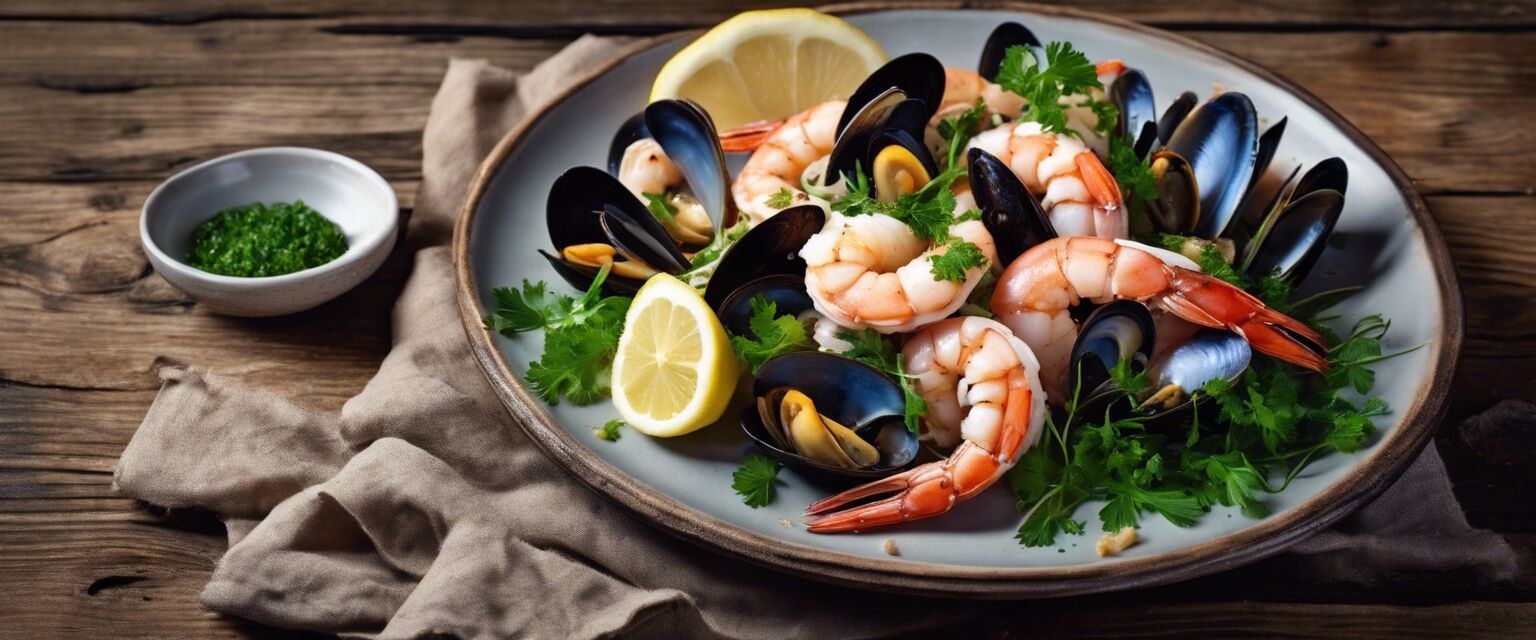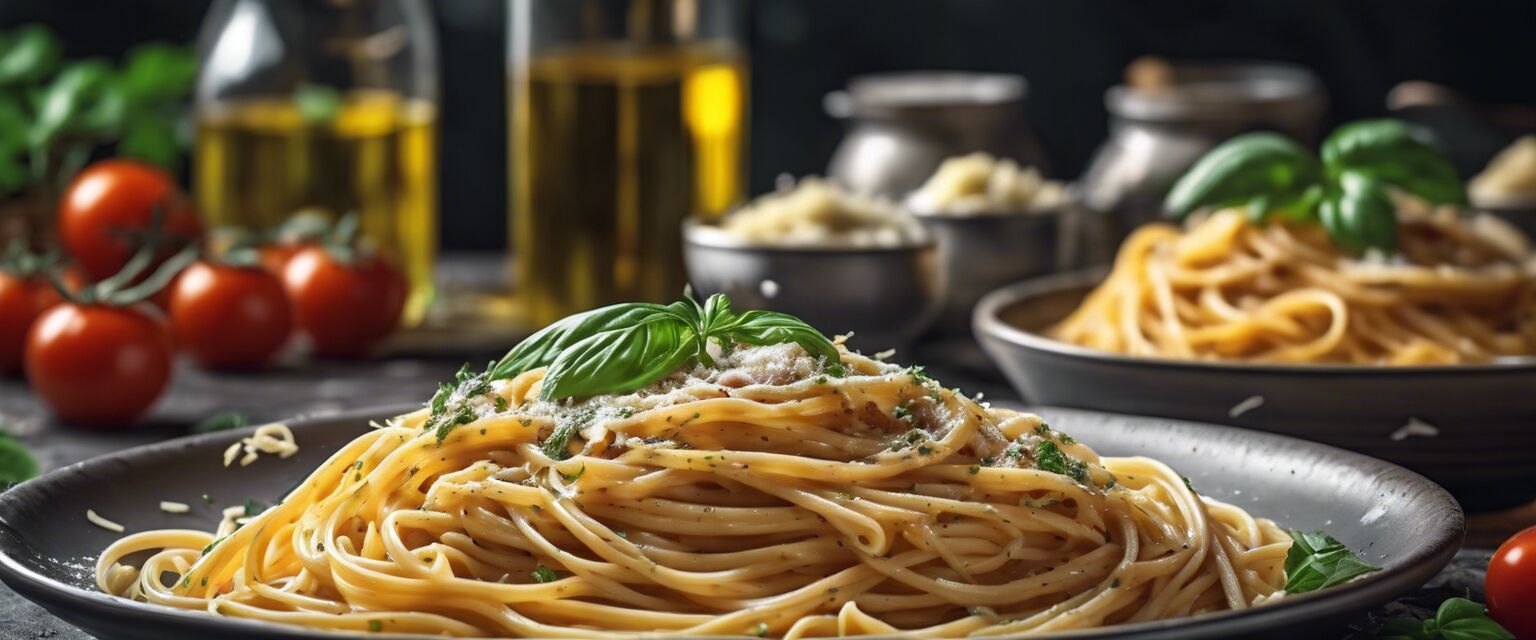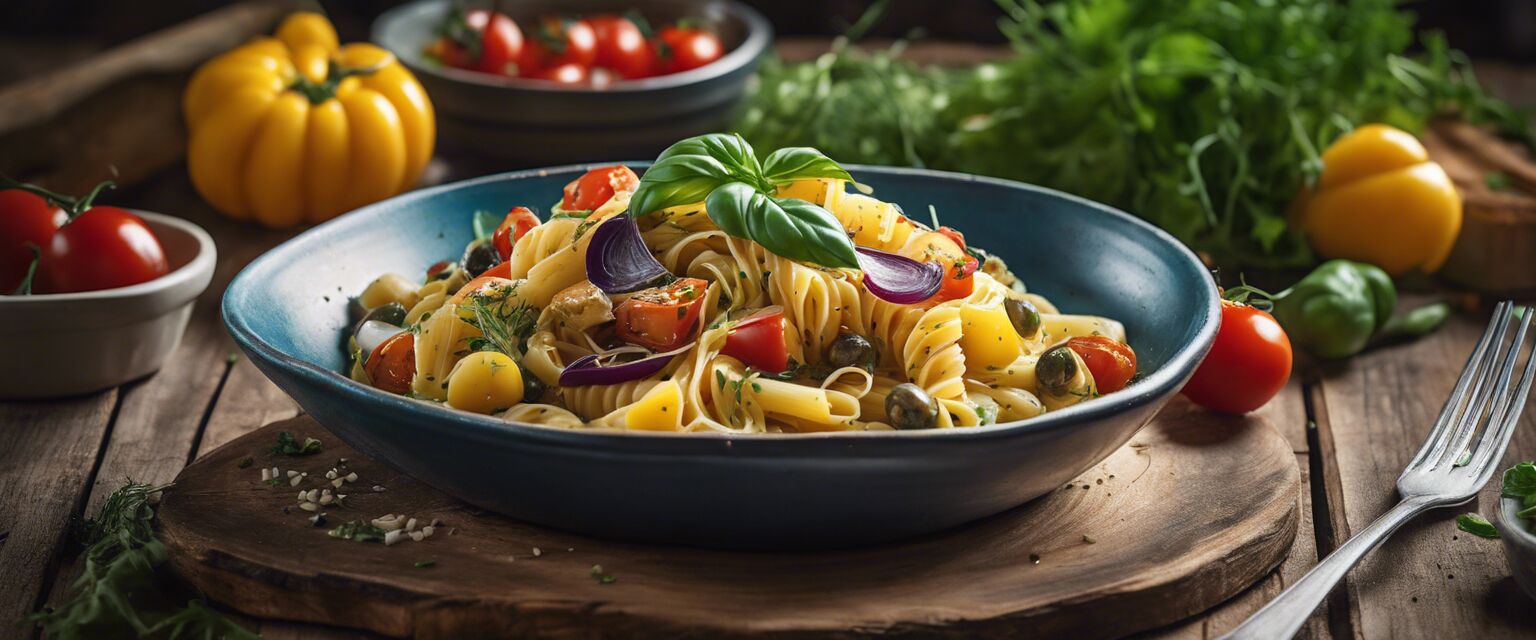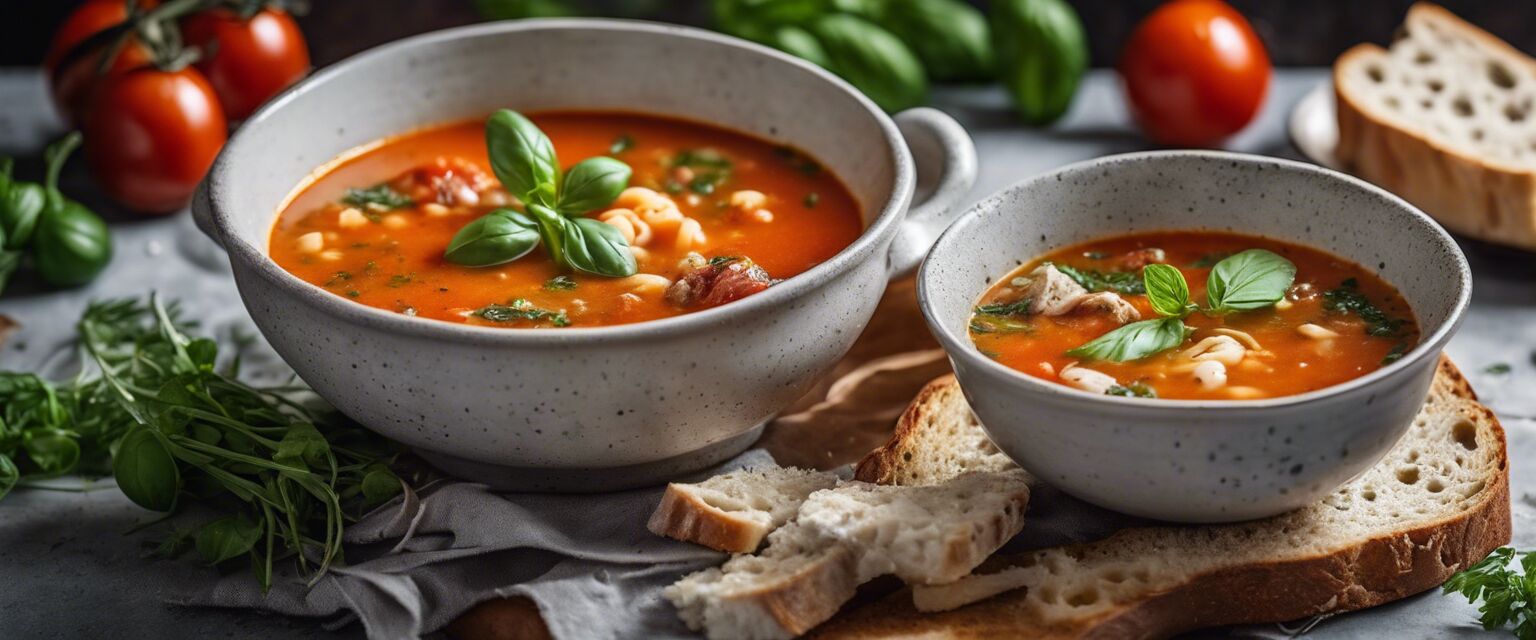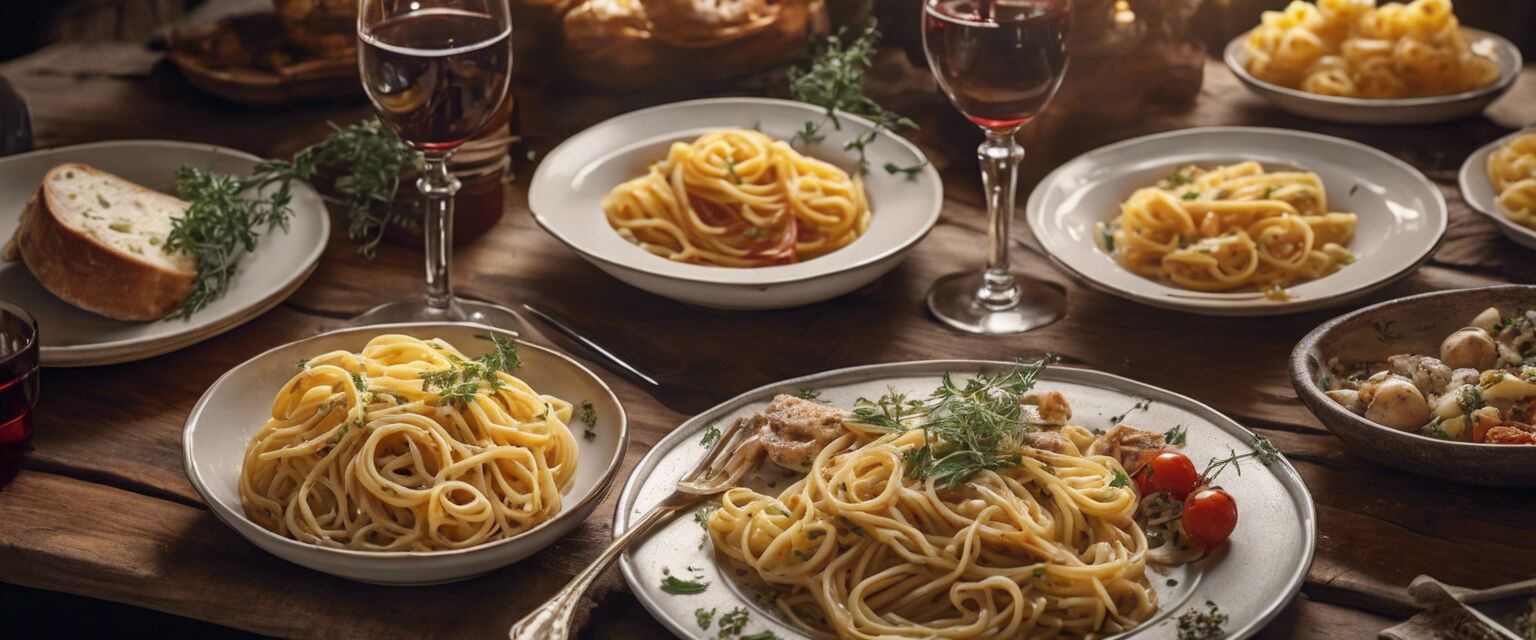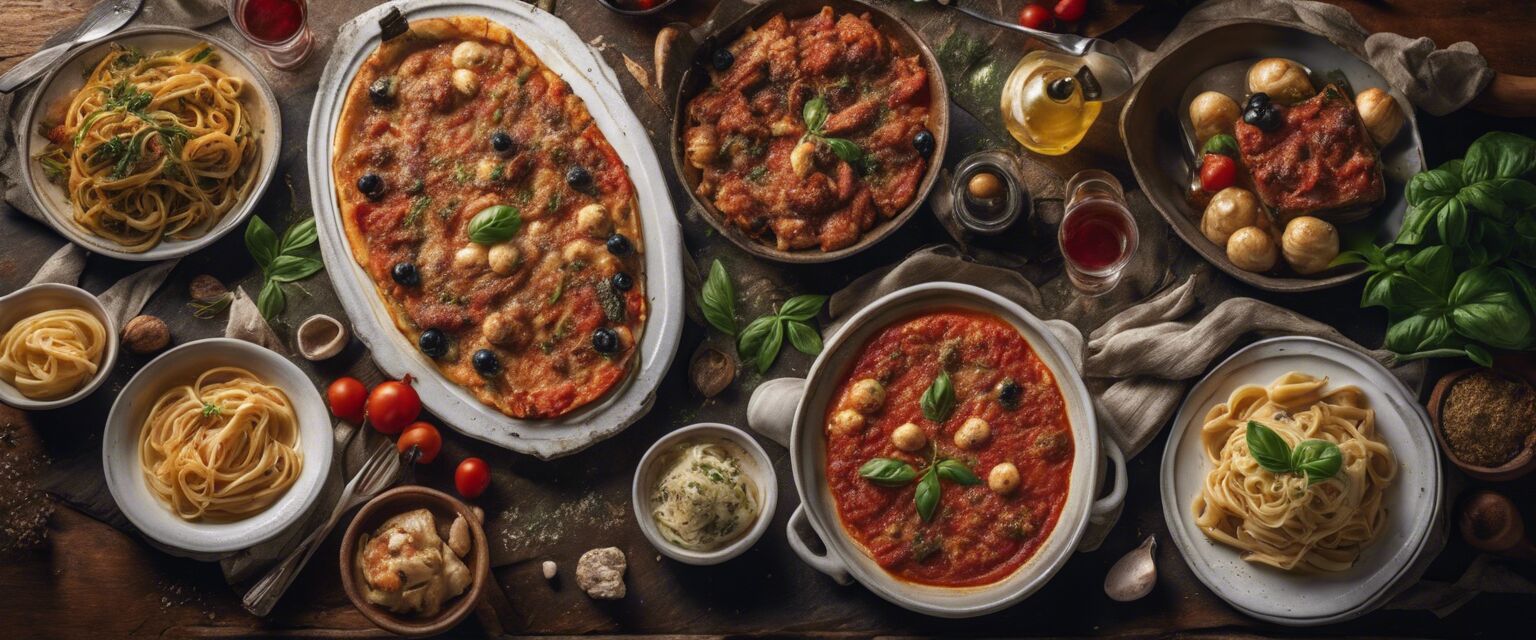
Regional Italian Cuisine
Key Takeaways
- Italy boasts a rich culinary heritage, with each region offering unique flavors and dishes.
- Regional ingredients play a pivotal role in the authenticity of Italian cuisine.
- Popular Italian regions include Tuscany, Sicily, Emilia-Romagna, and more.
- Italian cooking implements traditional techniques passed down through generations.
- Exploring regional recipes can enhance your cooking experience and broaden your palate.
Take a culinary tour of Italy with recipes from its various regions. Each area has its specialties, deeply rooted in local traditions, making Italian cuisine a diverse tapestry of flavors and techniques. From the creamy risottos of Northern Italy to the spicy dishes of Southern Italy, thereâs something for every food lover. In this article, we will explore some of the most prominent regional cuisines, highlighting essential dishes and ingredients.
Regional Italian Cuisines
Italy is divided into 20 regions, each bringing something unique to the table. Below, we will take a closer look at some of these regions and their iconic dishes.
| Region | Signature Dishes | Main Ingredients |
|---|---|---|
| Tuscany | Ribollita, Pici cacio e pepe | Beans, bread, olive oil |
| Sicily | Arancini, Caponata | Eggplant, rice, tomatoes |
| Emilia-Romagna | Tagliatelle al ragù, Lasagna | Durum wheat, Parmigiano-Reggiano |
| Lombardy | Risotto alla Milanese | Saffron, Arborio rice |
| Campania | Pizza Napoletana, Gnocchi alla Sorrentina | Semolina, tomatoes, mozzarella |
Tuscany - The Heart of Central Italian Cuisine
Tuscany is known for its rustic and hearty dishes that reflect the regionâs agricultural roots. The famed dish, Ribollita, is a robust vegetable and bread soup that showcases local beans and seasonal vegetables.

Sicily - Whimsical and Bright Flavors
Sicilian cuisine is a delightful mix of influences, showcasing vibrant flavors through dishes such as Aranciniâfried rice balls stuffed with meat or cheese, and Caponata, a sweet and sour eggplant dish.

Emilia-Romagna - La Dolce Vita of Italy
Often hailed as the culinary capital of Italy, Emilia-Romagna offers exquisite pasta dishes like Tagliatelle al ragù as well as Lasagna, both made with high-quality ingredients indigenous to the region.
Beginners Tips for Cooking Regional Italian Cuisine
- Start with fresh, local ingredients to enhance flavor.
- Donât be afraid to experiment with traditional recipes.
- Take your time to understand the sauces; they are the heart of Italian cooking.
- Practice cooking pasta al dente for the perfect texture.
- Pair dishes with regional wines for an authentic experience.
Cooking Techniques to Master
Italian cooking emphasizes using simple techniques and following traditional recipes. Mastering the following techniques will elevate your Italian dishes:
- Sautéing: Often used for cooking vegetables and meat quickly in olive oil.
- Roasting: Commonly applied to meats and vegetables, bringing out their natural flavors.
- Slow-cooking: Used for sauces, particularly in dishes like ragù.
- Making fresh pasta: Learning to make your own pasta is key to authentic Italian dishes.
Diving Deeper into Italian Ingredients
The essence of Italian cuisine lies within its ingredients. Understanding the following staples will help in creating authentic regional dishes:
| Ingredient | Description | Common Uses |
|---|---|---|
| Olive oil | Liquid gold of Italy, known for its rich flavor. | Salads, pasta, roasting |
| Parmigiano-Reggiano | Aged cheese with a distinct flavor. | Pasta, risotto, salads |
| Balsamic vinegar | Aged vinegar with a unique sweetness. | Salad dressings, marinades |
| San Marzano tomatoes | Canned tomatoes with a rich taste. | Sauces, stews |
| Fresh herbs (basil, parsley) | Add bright and fresh flavors. | Garnish, sauces, salads |
Exploring Italian Sauces and Dressings
Italian cuisine features a variety of sauces that can make or break a dish. Here are some beloved sauces that are fundamental to many recipes:
- Marinara: A classic tomato-based sauce.
- Bolognese: A rich meat sauce often served with pasta.
- Pesto: A basil-based sauce that enhances many dishes.
- Alfredo: A creamy sauce primarily used with pasta.
Pros
- Offers a diverse range of flavors and dishes.
- Utilizes fresh and local ingredients.
- Simple cooking techniques make it accessible.
- Rich culinary tradition to explore and enjoy.
Cons
- Some recipes can be time-consuming.
- Access to authentic ingredients may vary by location.
- Requires practice to master techniques.
Conclusion
Regional Italian cuisine offers a delightful array of dishes that reflect the rich culture and traditions of each area. Embracing these recipes allows for an immersive experience into Italy's culinary heritage. From Tuscany's robust flavors to Sicily's delightful sweetness, thereâs a world of tastes waiting to be explored in your kitchen. Whether you dive into making homemade pasta or preparing a classic risotto, Italian cuisine promises to bring joy and satisfaction to every meal.

